Home > Tours > Traditional culture > Experience Traditional Japanese Culture - Aizu Walking Tour
This is a 1-day city tour to enjoy the traditional crafts of Aizu.
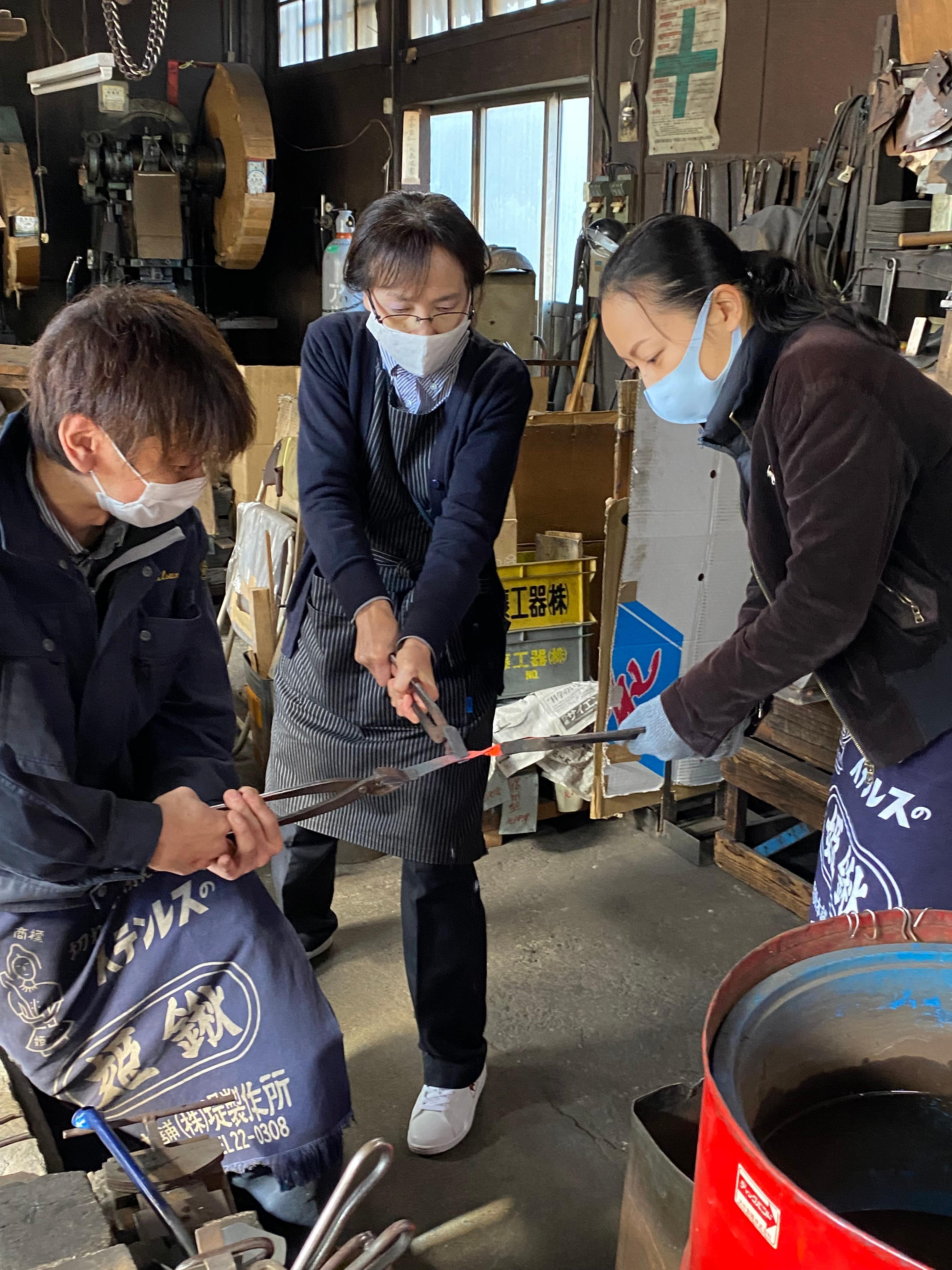

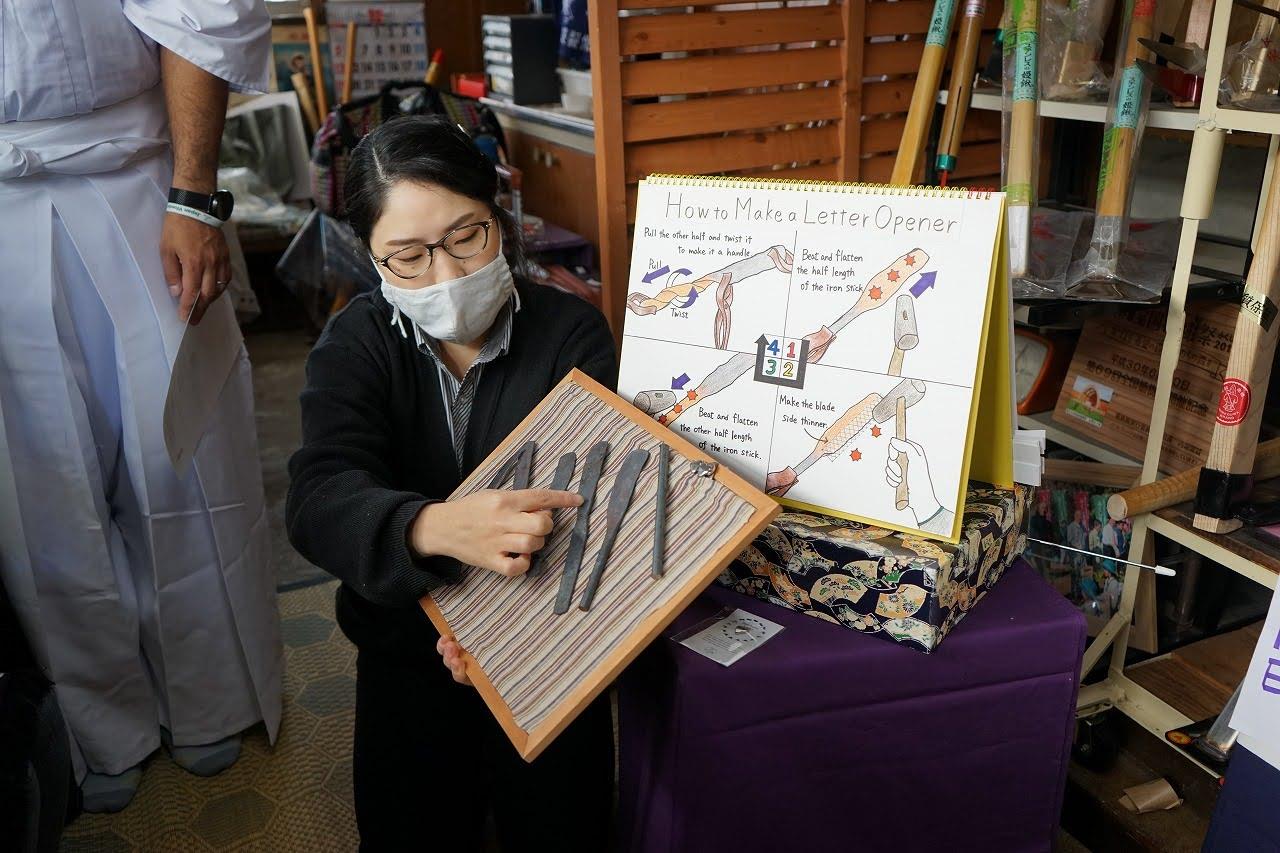
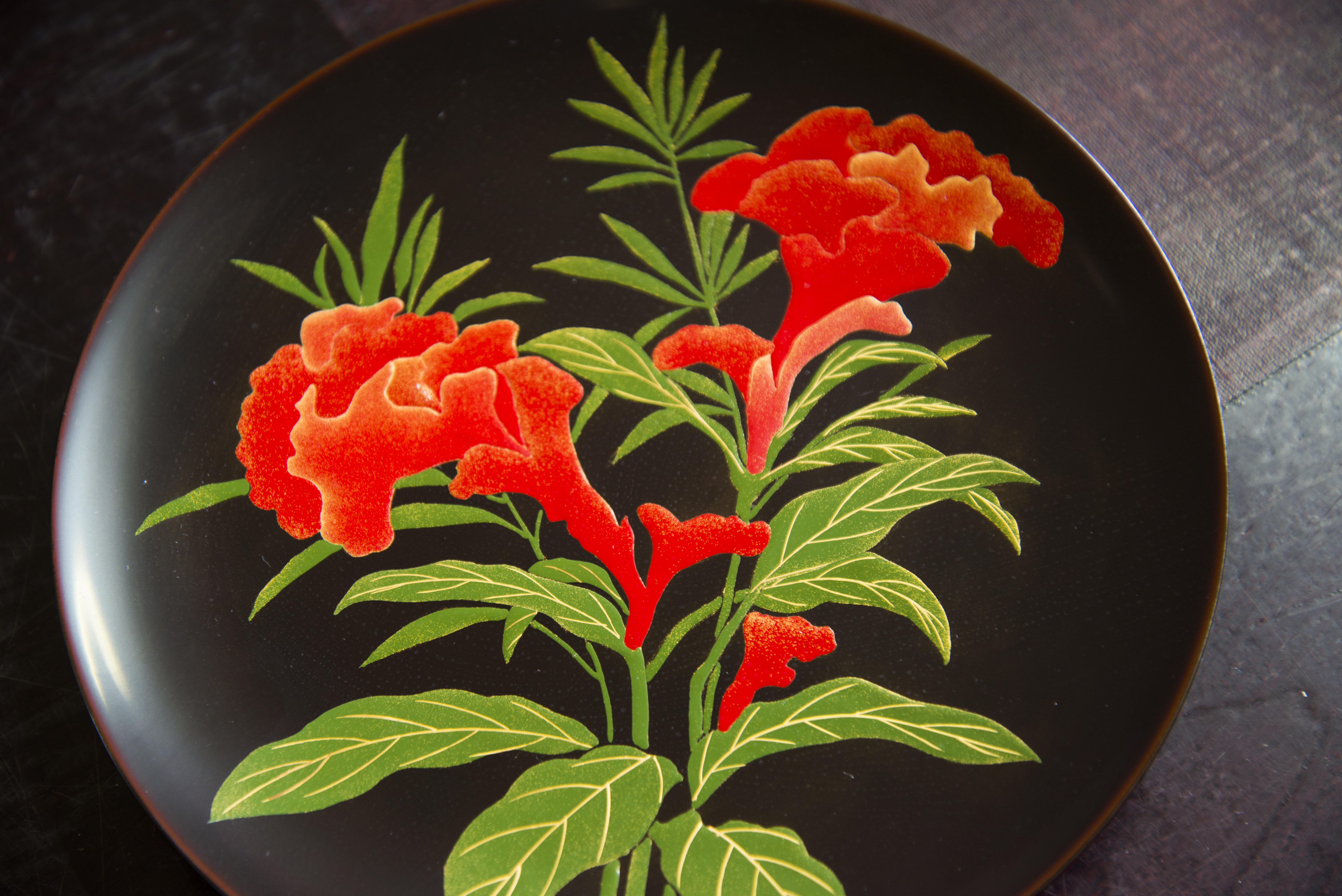
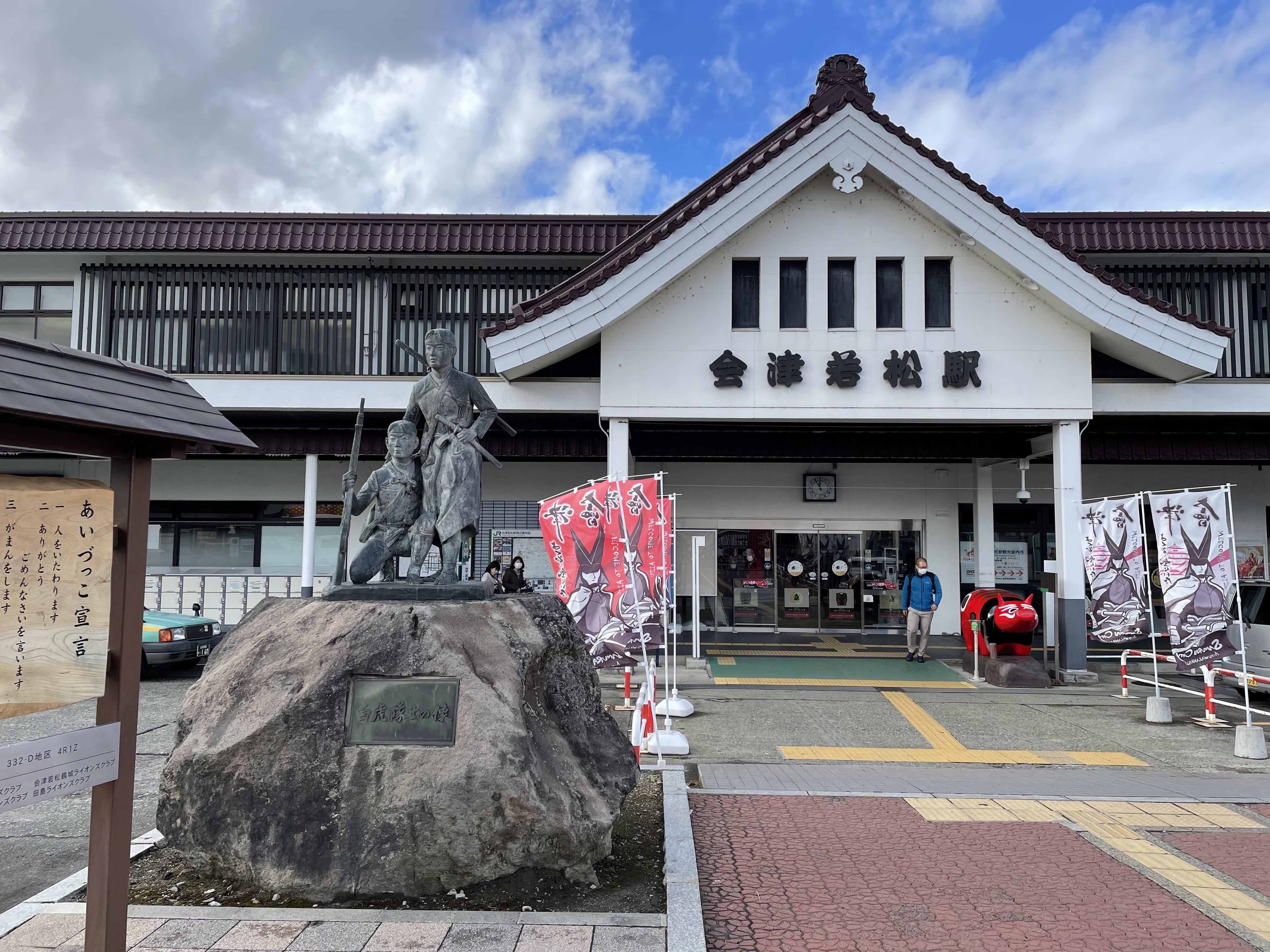
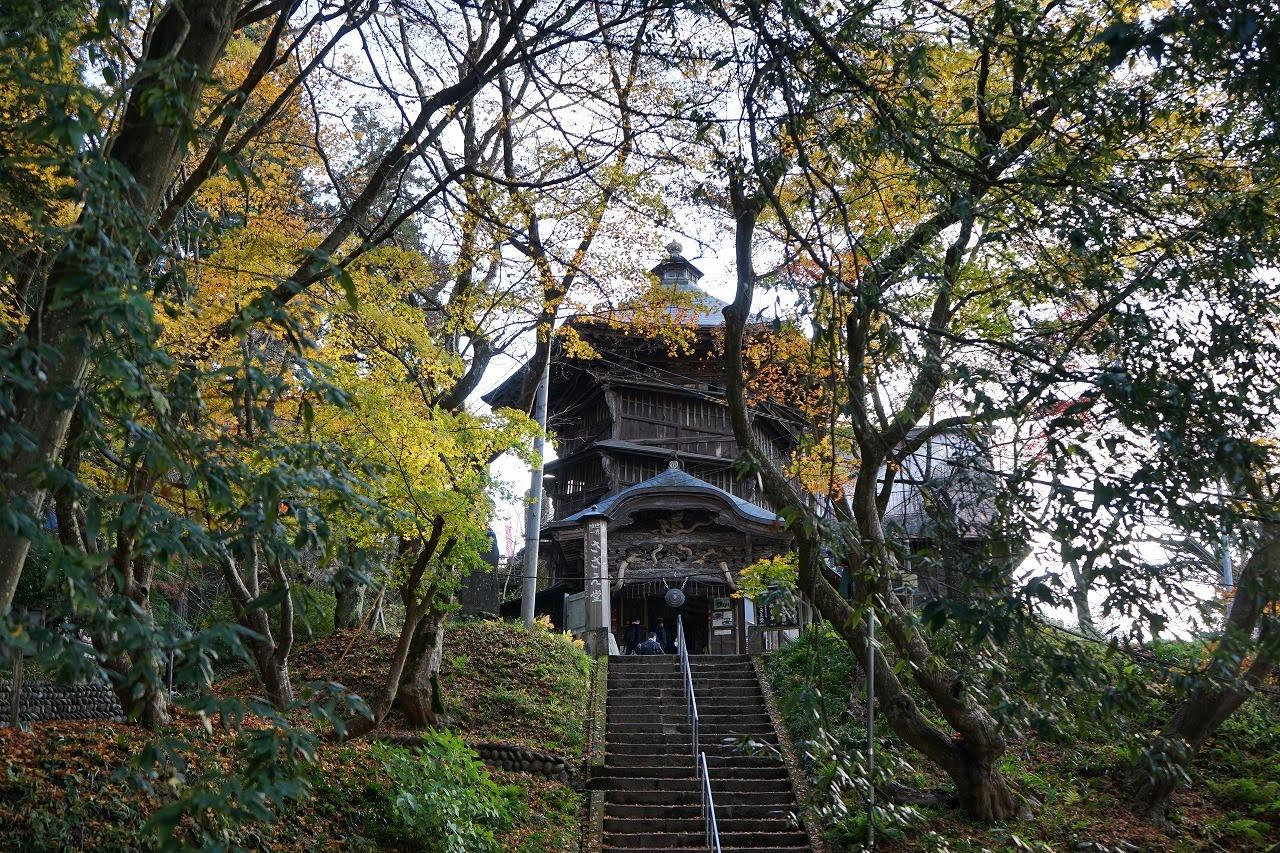
Aizu Wakamatsu is the gateway to the Tohoku region of Japan. The Aizu Five Highways (Nihonmatsu Kaido, Shirakawa Kaido, Aizu Nishi Kaido, Shimono Kaido and Echigo Kaido), including the Aizu Kaido that connects Aizu with Yonezawa, have been developed, and rice and handicrafts have been actively distributed between Aizu and other regions. Aizu is home to many of Japan's most famous crafts, such as Aizu lacquerware, Aizu paulownia wood and picture candles, and it was Gamo Ujisato who laid the foundations for these. Ujisato came to Aizu with a group of craftsmen from Omi, and passed on his skills to the people of Aizu, which had a disadvantageous location due to its mountainous terrain, and became an important source of revenue for the clan. Later, in the Edo period (1603-1868), as part of the reforms of the clan administration, these crafts were protected and encouraged, and developed greatly.
The town was not hit by air raids during the Second World War and today still has a nostalgic appearance with historic warehouses and wooden and western-style shops dotted around.
① Tsutsumi Factory -paper knife making- (10:00-11:00)
Sword smithing has been around in Aizu for 250 years, from 1627 until 1876 when the "sword abolition decree" was issued. After the abolition of the sword, blacksmiths started forging for cutlery and many knives were produced, but the number of blacksmiths decreased. However, with an uncompromising attitude, they are now expanding nationwide with "hoe making", using the skills of former blacksmiths. You will learn how to make a hoe from a former blacksmith in Aizu, and forge iron to make paper knives.
② Lunch (11:30-12:45)
③ Amidaji Temple (12:50-13:20)
④ Walking the town while visiting traditional craft stores (13:20-14:20)
(2-3 of the following: Picture Candle Shop, Nuriichi, Aizu Cotton Weavers, Taketo, etc.)
Hoshi Ban Picture Candle Shop
It is said that "the lights of Edo come from Aizu" and that Aizu's lacquer wax, made from the fruit of the lacquer tree, accounted for two thirds of the Japanese candles consumed in Edo. This is why Japanese candles were such a valuable local product in Aizu. Nowadays, Japanese candles are made from wax extracted from the fruit of the hazel tree. Aizu Picture Candles, which are candles painted with glossy pictures of chrysanthemums, peonies, camellias and plums, have been used mainly in samurai society and temples for centuries. Nowadays, when lit, the painted flowers disappear like a phantom along with the candle, and are loved for their transience, and are also appreciated as room decorations. They are so beautiful that it can feel like a waste to use them.
Aizu Lacquer Ware
Aizu lacquerware is said to have originated about 420 years ago when the lord of the time, Gamo Ujisato, brought in woodworkers and lacquerers from Omi Province (today's Shiga Prefecture). The reason why lacquerware has developed as a traditional industry is because the environment is rich in trees used for lacquer, which are grown deep in the mountains, and the climate is humid. Despite the darkness of the Aizu winters at the time, Aizu lacquerware developed with elegance and vivid colours. In particular, Aizu-e lacquerware, with its patterns of pine, bamboo and plum blossoms, as well as the devil's arrow, is a typical example. You can purchase works such as accessories, soup bowls, wine cups and stacked boxes.
Yamada Cotton Weaver
Aizu cotton has a long history and has been produced since the first half of the Edo period. The boys of the Byakkotai and Hideyo Noguchi even wore Aizu cotton as everyday clothing when they were young. Even today, it is widely used for shirts, dresses, interior decorations and handicrafts such as patchwork. The weaving machines used in the weaving process are antique and valuable, and are still in use today. At Yamada Cotton Weavers, you can observe the process of making these traditional and popular products, so why don't you take a peek before shopping?
Taketo
On 24 May 2020, Taketo Tea House opened in an old merchant house.This is one of the oldest commercial shops in Aizu Wakamatsu, where history and tradition still live on, and has been selling bamboo crafts, rough goods and Aizu Karato kites since it was founded in 1624. Aizu Karato Kites are a traditional craft with a unique design of a large tongue sticking out, which is said to have been introduced from the continent 400 years ago. Since the Edo period, Aizu's long history and traditions have been preserved on Ichinomachi Street, which is said to be the busiest street in Aizu.
⑤ Pass through Tsurugaro Castle on the way to Oyakuen (14:20-15:20)
Tsurugajo Castle, the symbol of Aizu Wakamatsu City in Fukushima Prefecture, was built about 630 years ago and is officially called Wakamatsu Castle. In 2011, the roof of the castle tower was replaced with red tiles, restoring the castle to its original appearance at the end of the Edo period. The five-story red-tile castle tower is considered one of the 100 most beautiful castles in Japan.
The inside of the castle tower is a museum where you can experience the history of Aizu.
⑥ Oyakuen with matcha tasting (15:20-16:00)
Oyakuen was used approximately 600 years ago as a villa for the lord of the Aizu Domain. In the mid-17th century, the lord started growing medicinal herbs within the grounds which he developed to protect the citizens from epidemics. This lead to the garden gaining the name "Oyakuen", which literally means "medicinal garden." The traditional garden has been preserved and looks just as it did long ago. The buildings within the grounds were used by the lord as a place of relaxation and for entertainment. Accordingly, Oyakuen still contains buildings devoted to Japanese tea. Visitors can enjoy a cup of herbal tea here even today.
⑦ Tsutsumi Factory (knife collection)
⑧ Arrive at Aizuwakamatsu station and leave
・Paper knife making in a traditional former sword forging workshop
・A visit to a traditional sake brewery and sake tasting
・Spend a relaxing time in an old merchant's house café, which has been preserved as it was 180 years ago
・Please wear comfortable walking shoes and clothing.
・Some stores may be closed depending on the day of the week.
・Stops on the city tour are for reference only. We will customize the tour according to your tastes and preferences.
・Please consult with us in advance if you wish to arrive at or depart from a hotel.
| Price | ¥34,000~ 1 person:¥66,000 / person |
|---|---|
| Duration | 7.5 hours |
| Hours of availability | 9:30-17:00 |
| Inclusions | ・English guide |
| Exclusions | ・Food & drinks |
| Participants | 1-3 |
Aizu Wakamatsu Station